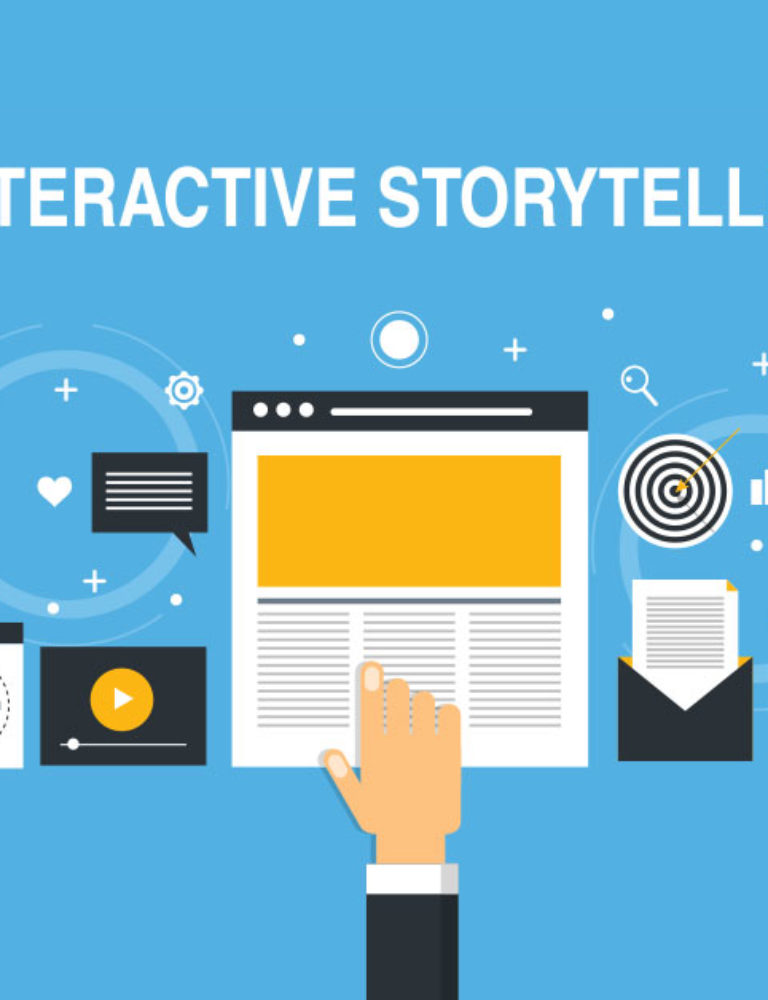The use of digital textbooks in classrooms is growing in the face of the easy availability of smartphones and the Internet. The interactive features that form part of digital textbooks have captured the attention of both students and teachers, providing the former a more engaging and immersive experience and allowing the latter easy access to online resources to supplement their teaching.
The idea and practice of using digital textbooks in classrooms represents a new trend in education. A four-year university-wide study conducted by Florida Virtual Campus reports that 70% of the respondents surveyed said that they had spent at least $300 on textbooks in the year 2016.
A more recent study by the University of Central Florida found that because of expensive textbooks, 30% of the respondents had opted not to purchase a textbook at least once; 41% had delayed the purchase and 15% had actually decided to take fewer courses or decided not to take a particular class. Digital textbooks are relatively cheap and are a way out for students who have to drop out of a particular class or cannot take up a particular course due to lack of funds to spend on printed textbooks.
Top Advantages of Using Digital Textbooks in Classrooms:
A survey by Public Broadcasting Service (PBS) reports that 81% of K-12 teachers believe that digital textbooks enrich classroom education and increase their motivation to learn.
- Digital textbooks are both cheaper and lighter than print textbooks and are increasingly been seen as a way to improve student performance and also retention and graduation rates in colleges.
- They are also more flexible and new apps and downloadable content is constantly being developed. Schools and colleges which have introduced digital textbooks in their classrooms have seen heavy textbooks disappear from their students’ school bags, thus, lightening their physical load.
- Digital textbooks are, on the other hand, available for use on smartphones and tablets. Besides, their use is more attuned to modern pedagogic practices of blended learning and 21stcentury learning skills, that is, developing in students the skills to compete academically at the global level, actively participating as informed citizens in their societies, and being more effective in the ever-evolving modern workplace.
- Interactive digital textbooks have interactive content and images, 3D images and diagrams, sounds and videos to keep students engaged and make learning fun and easy. They also make it possible for teachers to customize student learning and pick and choose the best content for each subject matter. Given that there are thousands of education and tutoring applications, and new ones are constantly being added, teachers can tailor content to individual style than just follow a one-size-fits-all approach.
Related: 9 Benefits of Interactive eBooks
How Do Instructors Use Digital Textbooks in the Classrooms?
- ‘Transport’ Students to the Place Under Study: A geography instructor teaching about a particular country can create a virtual environment and transport the students to that country and highlight its unique topography. This will provide students a first-hand experience of the country, thus, reinforcing learning and also motivating them to learn more about it using online resources.
- Simplify Complex Subjects: Digital textbooks help to simplify difficult subjects such as mathematics by engaging students through digital interactivities, gamification activities and data manipulation tools. For example, gamification incorporates branching that allows students to choose paths, a right and wrong, then course correct along the journey and gradually join the mainstream. Digital textbooks encourage learning by doing, and therefore, ensure improved outcomes. Besides, abstract concepts can be brought to life using models and graphics, helping students to make the required connections and take learning further.
- Bring Alive Concepts: In a biology lesson about the human circulatory system, the instructor can use digital textbooks to actually show a circulatory system at work, with blood flowing through the heart, veins, arteries, capillaries etc. In line with the famous adage, a picture speaks more than a thousand words, such audio-visual representation of concepts will translate into greater learning outcomes. This is because a large part of our brain is wired to process visual information. In fact, ‘show me what to do, without telling me what to do’ is more in tune with 21st century learning and digital textbooks help prepare students for the challenges of the modern world.
- Benefit from Blended Learning: While technology cannot completely replace human interaction, a blended approach can take learning to the next level. Instructors can use digital textbooks to set the context of the lesson by asking students to use the digital resources to read something about the subject before it is taught in the classroom. Research shows that better learning happens when students build on prior knowledge. Digital resources can thus be used to recall and activate prior knowledge and make current learning more meaningful. By using digital textbooks in classrooms, instructors are spared the hassle of creating their own teaching resources – they can instead use the millions of resources available on a subject online. They can then use this time for more constructive interactions with the students.
- Stimulate Curiosity: Digital textbooks provide students pathways to further learning. For example, a 3D diagram of a heart may have links which students can click to view more information about the heart. Similarly, texts can be hyperlinked with additional resources and information, stimulating curiosity of students to explore more on the subject, learn at their own pace and take greater control over their learnings.
- Master Subjects Through Storytelling: With digital textbooks, you can use a combination of media types, such as audio, video, graphics, 3d models, virtual reality, augmented reality and animations to tell a story that chalks out a flow of information from one scene to another. By effectively teaching a concept through a story, you will be able to explain a topic figuratively and give shape to abstract concepts, which are difficult to comprehend by reading the text.
- Make Homework More Interesting: Students can be provided AR-printable worksheets which contain virtual elements such that they just have to point the AR app from their mobile phones on the worksheet and the app will pull out corresponding resources from the Internet such as videos, maps etc., which will further explain the concepts and make homework easier to do.
Whitepaper:
The State of Digital Content in Global K-12 Education
Conclusion
By using digital textbooks in classrooms, instructors can leverage digital technology to make learning more fun and interesting, and more aligned to modern education psychology and practices. Digital textbooks also promote self-paced learning, allowing learners to explore various digital interactive tools to satisfy their curiosity for more knowledge. They also allow students to learn by doing and thus prepare them for the modern workplace, which is constantly evolving.
Contact our expert team now and get started!
To know more, please write to us at KITABOO@hurix.com
Related:
- How to Create Digital Textbooks in 5 Easy Steps
- 10 Point Checklist for Publishing Higher Education Textbooks
- Are Digital Textbooks More Effective for K-12 Curriculum
- Top Trends Higher Education Textbook Publishers Must Follow
- Digital Publishing Textbooks | Reasons Students Prefer Digital Reading
- Digital Publishing
- Importance of eBooks in Online Education
DISCOVER HOW AN INTERACTIVE EBOOK PUBLISHING & DELIVERY PLATFORM CAN HELP YOU
Kitaboo is a cloud-based content platform to create-publish & distribute interactive mobile-ready ebooks.
You May Also Like








